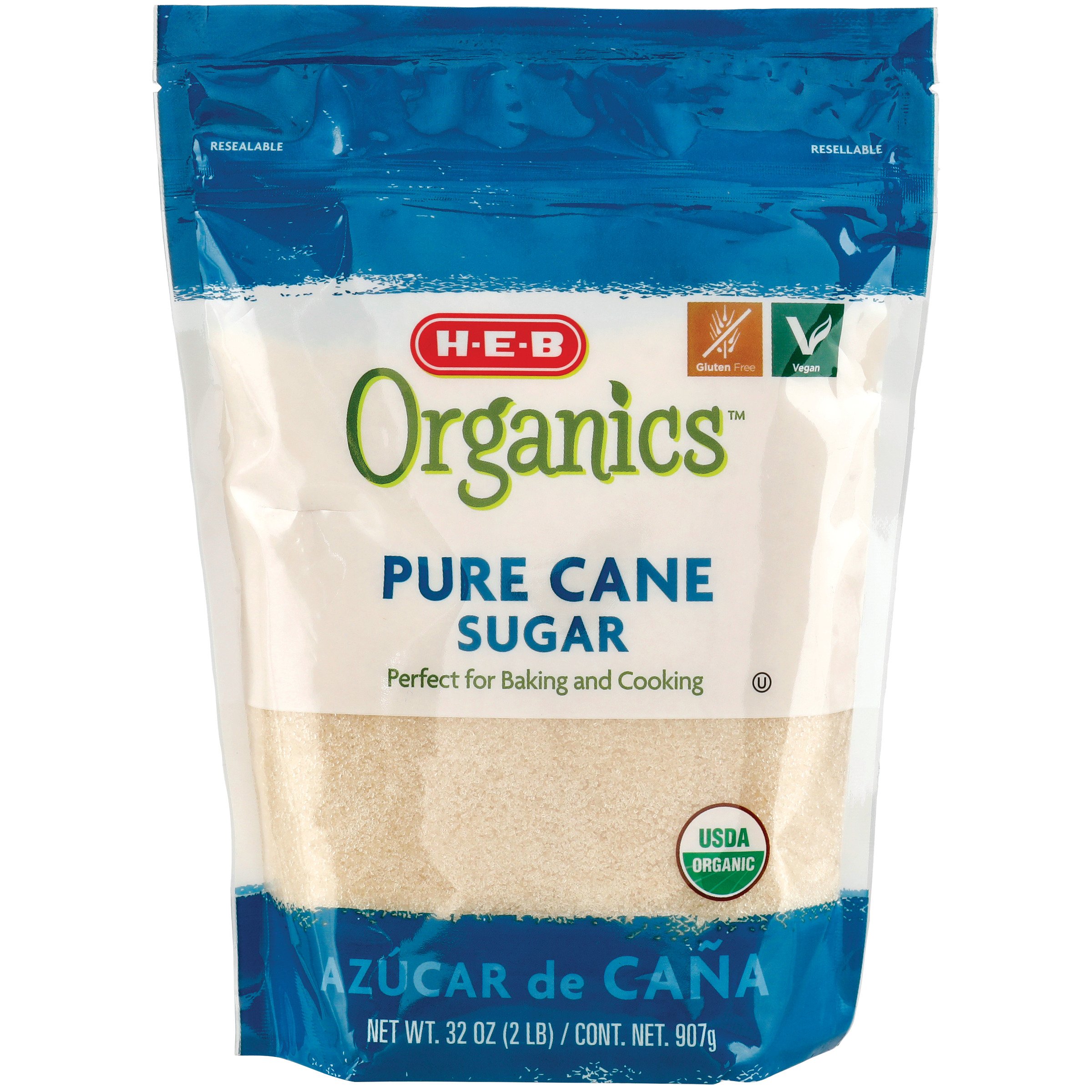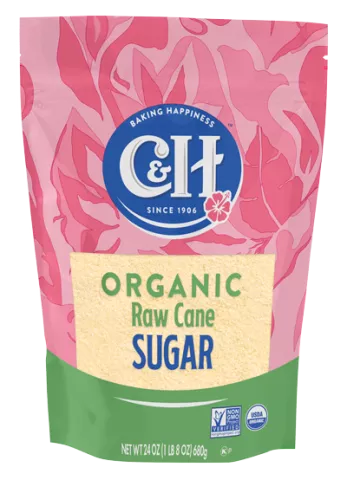Cane Sugar Processing: Traditional Methods and Modern Innovations
Cane Sugar Processing: Traditional Methods and Modern Innovations
Blog Article
Checking Out the Comprehensive Tips Associated With Cane Sugar Handling From Gathering to Improvement
The procedure of walking cane sugar production incorporates a series of intricate actions, starting with the careful harvesting of sugarcane and finishing in the improvement phases that make certain the end product satisfies industry requirements. Each stage, from the extraction of juice to the filtration and crystallization procedures, plays an important function in establishing the high quality and personality of the sugar. Recognizing these phases not only highlights the intricacy of sugar manufacturing however also raises critical concerns concerning efficiency, sustainability, and development in the sector. What effects do these elements have for future methods?
Collecting Sugarcane
Gathering sugarcane is a crucial action in the walking stick sugar processing chain, as it directly influences the high quality and return of the end product. Correct timing and strategies are important throughout this phase to guarantee ideal sugar material and lessen losses. Generally, sugarcane is gathered when it reaches maturity, usually 12 to 18 months after growing, characterized by a high sucrose focus.

Post-harvest, the sugarcane should be processed quickly to stop sucrose deterioration. Ideally, harvested cane should be carried to processing centers within 24-hour to protect sugar top quality. Therefore, effective logistical preparation is vital to preserve the integrity of the harvested crop throughout the supply chain.
Removal Process

The crushed walking cane undergoes a series of pressing procedures to take full advantage of juice healing. Commonly, warm water is splashed onto the crushed cane, creating a countercurrent flow that aids liquify the sugar while likewise aiding in the removal procedure. The juice gathered from this operation has not just sugar however also various organic substances and pollutants.

To improve removal performance, some centers might use diffusion approaches, where the sugarcane is taken in warm water, enabling the soluble sugars to diffuse into the liquid. The resulting juice, rich in sucrose, is then directed to succeeding handling stages, laying the structure for purification and improvement. The extraction procedure is hence pivotal in identifying the high quality and yield of the final sugar product.
Purification Techniques
The purification techniques utilized in cane sugar handling are crucial for changing the raw juice right into a high-grade sugar item. These techniques mostly intend to eliminate pollutants, such as soil, plant materials, and not natural substances, which can adversely affect the last item's flavor and color.
This process includes including lime and warm to the raw juice, which helps with the coagulation of pollutants. Furthermore, the usage of phosphoric acid can enhance the explanation procedure by further binding contaminations.
One more considerable method is carbonatation, where co2 is introduced to the clarified juice. This response produces calcium carbonate, which catches continuing to be pollutants and advertises their removal.
Furthermore, triggered carbon therapy might be related to adsorb any staying colorants and organic pollutants, guaranteeing a more polished product. The mix of these methods properly prepares the sugar juice for subsequent action in the refining procedure, establishing the phase for the manufacturing of top notch walking cane sugar.
Crystallization Approaches
After the purification phase, the following critical action in cane sugar handling involves condensation approaches, which play a critical function in changing the clarified juice into solid sugar. This procedure typically utilizes 2 primary techniques: spontaneous condensation and regulated formation.
In spontaneous crystallization, supersaturated sugar options are enabled to cool down normally, leading to the formation of sugar crystals in time. This technique is less complex however might cause irregular crystal dimensions and reduced purity degrees. On the other hand, managed condensation is a much more exact strategy where temperature level, seeding, and focus representatives are his explanation thoroughly handled. This technique permits the consistent growth of sugar crystals and higher purity.
During crystallization, the clarified juice is concentrated via evaporation, boosting its sugar material until it gets to supersaturation. As soon as this factor is accomplished, either method can facilitate the crystallization procedure. Cane Sugar Processing. The resultant sugar crystals are then separated from the continuing to be syrup with centrifugation
Ultimately, the selection of formation technique impacts the top quality, dimension, and purity of the last sugar product, making this step vital in the overall cane sugar handling treatment.
Improvement and Product Packaging
Exactly how can the purity and top quality of walking stick sugar be even more boosted after formation? The refinement procedure plays a crucial function in achieving high-grade walking cane sugar. Complying with formation, sugar goes through a complete washing to get rid of contaminations and residual molasses. This is generally completed utilizing cozy water or steam, which aids liquify and extract undesirable elements while protecting the sugar crystals.
Next, the sugar undergoes a procedure called centrifugation, where it is spun at broadband to divide the purified sugar crystals from the staying fluid. After centrifugation, the sugar is often additional improved through a method called carbonization or phosphatation, which uses turned on carbon or phosphoric acid to eliminate color and off-flavors.
When improved, the sugar is dried to attain the preferred wetness web content, ensuring that it stays steady during storage space and transport. The last step involves packaging the refined sugar in moisture-proof and impermeable containers to maintain its high quality and stop contamination. Cane Sugar Processing. Correct product packaging not only expands service life however likewise assists in very easy handling and circulation, making certain that customers receive sugar that meets the highest requirements of purity and high quality
Final Thought
The comprehensive steps associated with walking stick sugar processing, from the careful harvesting of sugarcane to the complex improvement and packaging phases, highlight the significance of each phase in guaranteeing high-grade sugar manufacturing. Ideal harvesting methods, effective extraction approaches, and extensive purification processes collectively add to the final item's pureness and security. The formation and succeeding Website product packaging methods even more enhance the integrity and shelf life of the sugar, highlighting the complexity and accuracy intrinsic in this essential farming market.
The process of walking stick sugar production incorporates a collection of elaborate actions, starting with the cautious harvesting of sugarcane and culminating in the refinement phases that guarantee the final item meets industry requirements. Preferably, harvested walking cane should you can try these out be transferred to processing facilities within 24 hours to protect sugar quality.In spontaneous formation, supersaturated sugar options are allowed to cool down naturally, leading to the formation of sugar crystals over time - Cane Sugar Processing. The improvement process plays an essential duty in achieving high-grade walking stick sugar.The extensive actions included in walking cane sugar processing, from the careful harvesting of sugarcane to the elaborate improvement and packaging phases, emphasize the significance of each stage in ensuring top notch sugar manufacturing
Report this page